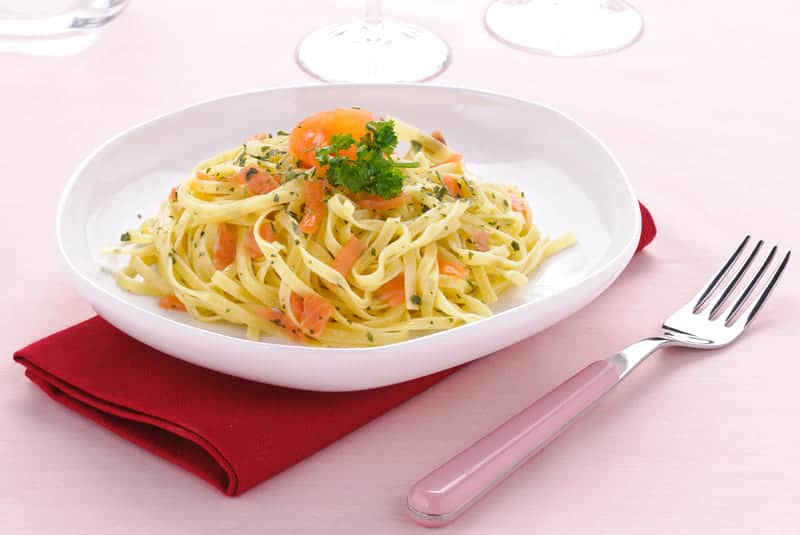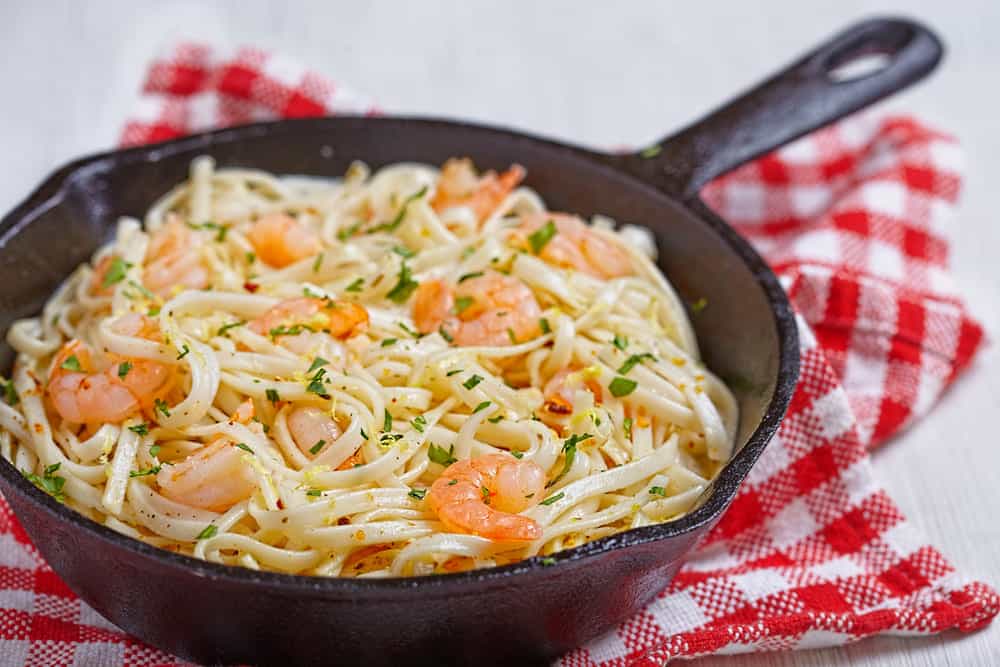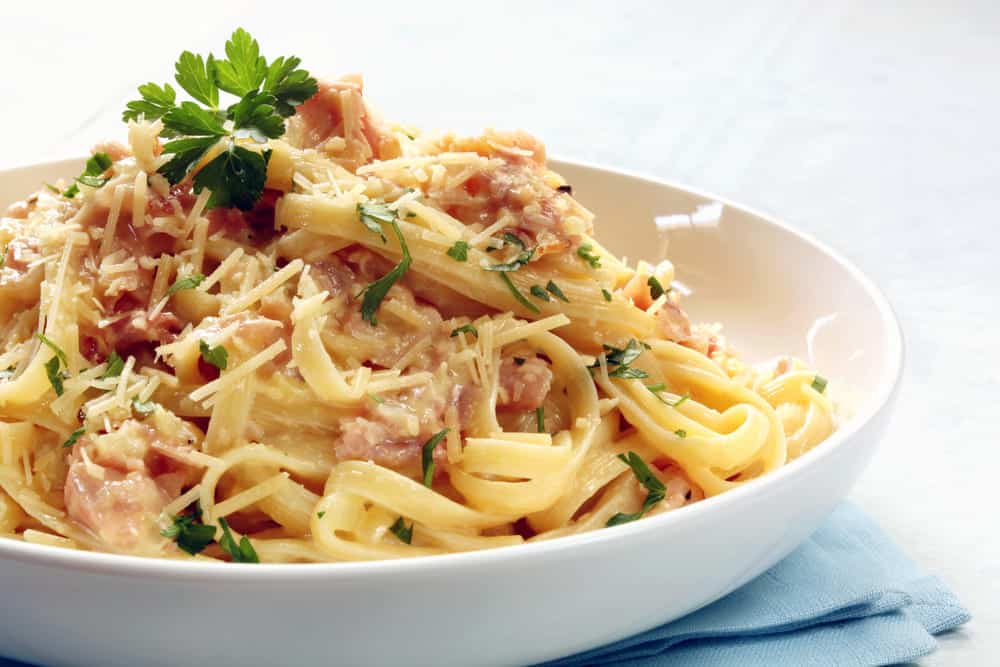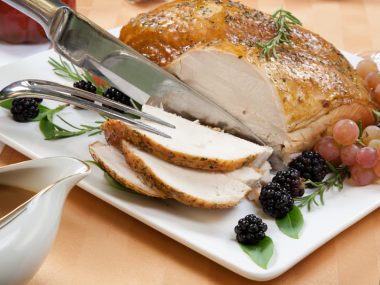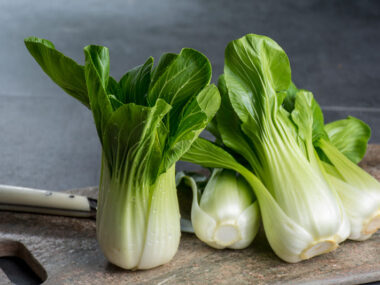Italian is one of the most beloved cuisines in the entire world. When someone hears “Italian cuisine”, pasta might be the first thing to come to mind.
There seems to be an endless number of pasta options and serving styles to choose from. This means there is all the more delicious food for you to enjoy, but it can also be confusing.
So, what is the difference between linguine and fettuccine? Linguine and fettuccine have different shapes, ingredients, serving styles.
Keep reading to learn more about each of these differences in detail!
What Is Linguine?
Linguine, meaning “little tongues” is a type of pasta that originates from Genoa in Italy. It is made by mixing water with flour. The different types of flour used to make linguine are white flour, whole wheat flour, potato flour, or even almond flour.
Linguine has an elliptical shape and is moderately thick when compared to other types of pasta. It is usually served with thick sauces and seafood, but there are many variations of linguine that you can find.
What Is Fettuccine?
Fettuccine, which means “little ribbons”, is a type of pasta that has a thin, flat, and wide shape. Originating from Rome and Tuscany, fettuccine is one of the most popular types of pasta that is consumed not only in Italy but the entire world.
It is made using eggs and flour and is served with a variety of toppings and sides. Be it with meat, creamy sauces, vegetables, bread; you can find an endless number of fettuccine pasta dishes, no matter which corner of the world you’re in.
What Is The Difference Between Linguine And Fettuccine?
Now that you know what exactly linguine and fettuccine pasta are, let’s take a detailed look at the differences between the two of them:
| Category | Linguine | Fettuccine |
| Shape | Thick and elliptical | Wide and flat |
| Ingredients | Flour and water | Eggs and flour |
| Serving style | Served with thin sauces and sides of seafood | Served with thick sauces and sides of meat |
Shape
Perhaps the most important and easily identifiable difference between linguine and fettuccine pasta is their shapes.
Linguine pasta is flat and narrow in shape, somewhat similar to spaghetti. On the other hand, fettuccine is flat, wider, and larger in area than linguine.
Ingredients
Next, linguine and fettuccine pasta are differentiated on the basis of the ingredients used in making them. This also results in a different texture and mouthfeel for the two.
Linguine pasta is made using a mixture of flour and water. This can either be white flour, whole wheat flour, potato flour, or even almond flour. On the other hand, fettuccine pasta is made of eggs and flour.
This gives fettuccine a much denser mouthfeel. As the two types of pasta have different ingredients as well as shapes, the sauces and sides that they are served with also differ.
Serving style
Now, let’s take a look at how differently linguine and fettuccine pasta are served.
As you know, linguine has a much wider area than fettuccine. This type of pasta has delicate strands similar to pasta and is served with lighter sauces. This includes plain tomato sauce, light tomato-based sauces, white wine, or garlic mixtures.
Moreover, linguine is not usually served with meat. This type of pasta is usually accompanied by a side of seafood and other lighter meats. You might already know that this is not the case with our other option – fettuccine.
Fettuccine pasta is served with thick sauces like bolognese, carbonara, or meat sauce. Moreover, you can find it accompanying a large variety of sides like chicken, meatballs, broccoli, cheese, and much more.
Which Is Better, Linguine Or Fettuccine?
There is no clear answer to whether linguine or fettuccine is better than the other. The type of pasta that is best for you depends on a few things.
You might want to ask yourself questions like, what are you planning to serve your pasta with? If you are a fan of thicker sauces, hearty side dishes, and meat, go with fettuccine.
On the other hand, if you are in the mood for a light meal, go for linguine. This type of pasta is served with seafood and light sauces. Those who have dietary restrictions also prefer linguine over fettuccine, as it does not contain any eggs.
Next, you might want to consider which one of the two is easier for you to find. Fettuccine is without a doubt an easier option to find but worry not – you can always use substitutes for linguine pasta.
What Are Some Substitutes For Linguine?
Here are some substitutes for when you can’t get your hands on linguine pasta:
Fettuccine
Although we’re focusing on the differences between the two, fettuccine in fact works as a good substitute for linguine. Moreover, fettuccine pasta cooks faster than linguine and is easier to find.
Spaghetti
Speaking of substitutes that are easy to find, spaghetti can also be used in place of linguine. Spaghetti is similar in shape to linguine and more versatile.
Tagliatelle
Tagliatelle is a flat, long pasta that has a somewhat different appearance than linguine, the two can easily be substituted. This is because tagliatelle pasta has a similar taste and works well with thick sauces.
Asian flat noodles
If you can’t find any other type of pasta, there is a substitute that you might not have considered. Although the texture might be a little different, any type of flat Asian noodles can work as a substitute for linguine.
Linguine Vs Spaghetti: What’s The Difference?
Linguine and spaghetti pasta have differences as well as similarities.
The word “spaghetti” comes from “Spago”, which translates to thread. Surely, you can guess why spaghetti might be associated with a thread-like appearance.
Spaghetti is thin and usually ten inches in length. This is something that is common between linguine and spaghetti, they both belong to a category called “long pasta”. But you might then be wondering, how are they different?
When talking about shape, linguine pasta is flat and long whereas spaghetti is a round type of pasta. Additionally, unlike the standard flour used to prepare linguine, spaghetti is made with semolina or durum wheat flour.
The next difference between spaghetti and linguine is their serving style. As you know by now, linguine pasta is usually served with thick and creamy sauces. Moreover, linguine is a good option to be served with seafood as they are less meaty.
On the other hand, spaghetti is served with lighter and less creamy ingredients like carbonara, marinara, as well as olive oil.
Moreover, there is no need to shy away while serving meat with spaghetti pasta. You can accompany it with meatballs, chicken, and even a topping of some Parmesan cheese.
